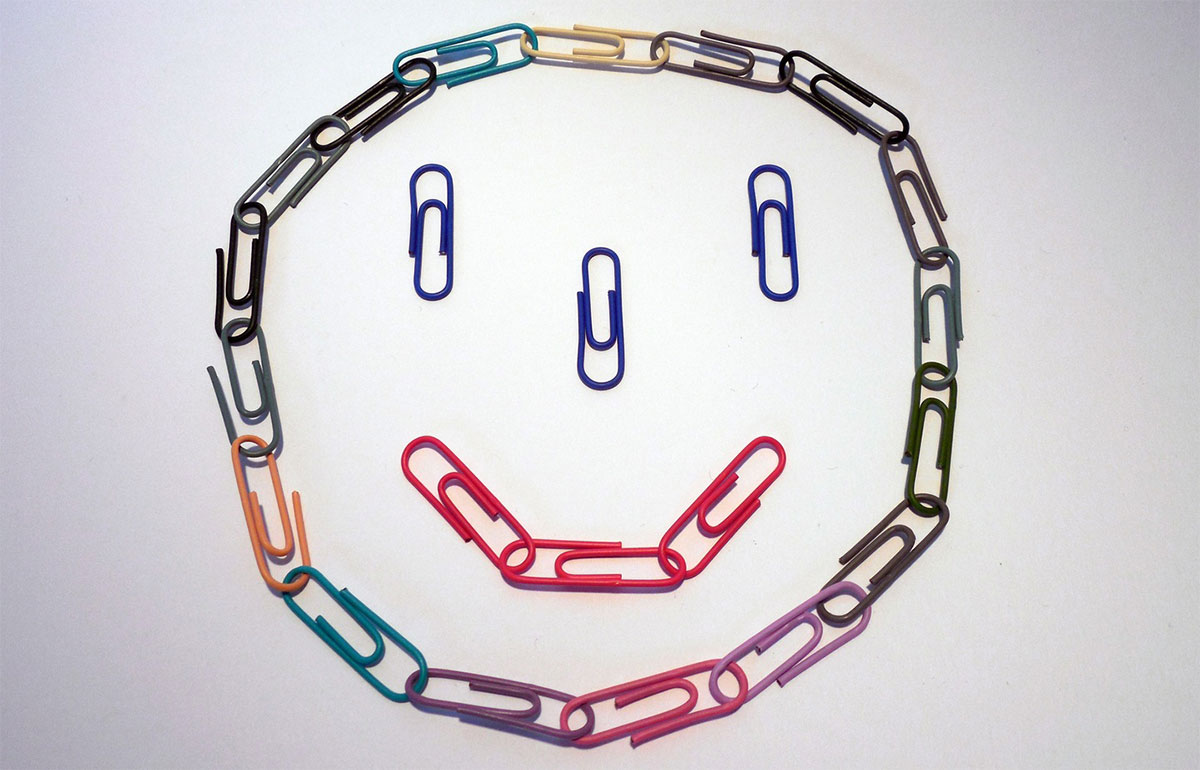
Odds are, you’ve heard of the paperclip experiment.
In 1968, George Land and Beth Jarman conducted an experiment with children. They originally designed it for testing potential NASA engineers and scientists on how innovative they were. The researchers asked 1,600 5-year-old children how many uses they could come up with for paperclips. They then retested those children at ages 10 and 15. And they tested a group of adults.
The results were shocking when we compare them to common beliefs about the intelligence of children vs. adults. The proportion of people who scored at the “Genius Level” on this test were:
- 5-year-olds: 98%
- 10-year-olds: 30%
- 15-year-olds: 12%
- adults: 2%
George Land did a Ted Talk in 2013 about it and what he’s learned since then. It’s about 13 minutes, and I highly recommend it!
Divergent and Convergent Thinking
The results of that experiment and the work that George Land has done in the 50 years since then highlight the importance of divergent and convergent thinking.
- Divergent thinking is about imagination. It is the ability to think about all of the possibilities.
- Convergent thinking is about discernment and choice making. From all of the possibilities, which might be the best choice?
Young children have incredible imaginations. We experience that in the stories they tell and the “trouble” they get into as they explore and make sense of their worlds. People become less imaginative and less creative as they get older. It’s just part of growing up…or so we are told.
What’s more true is that young children do divergent thinking really well. They don’t yet have those voices inside their heads that remind them that their dozens of ideas for how to use a fork are silly or stupid. They don’t yet have that voice in their heads reminding them that “forks are for eating and this is how you hold it”. So, they do their divergent thinking first – here is this new object, what can it be used for. Then, after experimenting with it, they do their convergent thinking and decide what purpose(s) the object has.
Collectively, we think of this as a person maturing so that they make the “right” decision faster.
A War in the Brain
As people grow up, Land’s research shows that what actually happens is that a war begins to happen in the brain. Divergent and convergent thinking happens in 2 different parts of the brain. The older people get, the more likely that instead of convergent thinking happening after divergent thinking, divergent and convergent thinking are trying to happen at the same time.
The divergent part of the brain starts to fire. It would like to be as imaginative as that 5-year-old and is bursting with ideas. The convergent part of the brain immediately leaps into action and begins to filter those ideas, discarding all the “dumb” ones before they are even fully thought through or expressed. It’s a protective mechanism from all the education people have received that has focused on finding the “right” answer as fast as possible and the repercussions if you don’t.
Why do those paperclips matter in business?
Divergent thinking is critical for organizational success. Without it, the biggest new ideas and best innovations are simply not possible. It’s generally accepted that we are entering a new era of innovation and that economic success will only be possible for companies that learn to innovate incredibly well.
But directing employees to innovate well isn’t going to make that happen.
Instead, it’s going to take cultivating the skill of divergent thinking.
Encouraging out of the box thinking and actually meaning it by following up with action that demonstrates your commitment to this belief.
Separating out the question of “how might this be done” from “how can this be done”.
Asking for all of the ideas, rather than the best ideas.
Letting go of attachment to outcome – not deciding what conclusion employees need to arrive at before a leader invites them to think creatively.
Celebrating mistakes and failures with the same joy as you celebrate successes.
Making time for divergent thinking
One last tip about building capacity for divergent thinking. Make time for it!
Divergent thinking doesn’t need to take a very long time. But it does require intentional time on a regular basis.
As with any new skill, practicing in low-pressure opportunities builds the muscle so that when the need arises for a new idea or innovation, everyone is ready to rise to the occasion. Making time regularly in meetings to practice divergent thinking builds it as a regular and comfortable process within the organization.
You can use meeting facilitation processes like Whole Person Process Facilitation and Open Space Technology when you make this time as an easy way to support divergent thinking too. These formats are designed to encourage divergent thinking and can be used to then converge the ideas to discern the best ones too. But only once all the ideas are on the table.










Dr.VijayPrakashSharma
Wonderfull experiment . This article adds new knowledge about human brain.Must read.